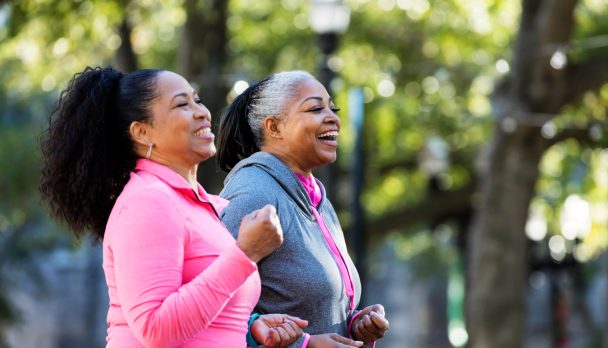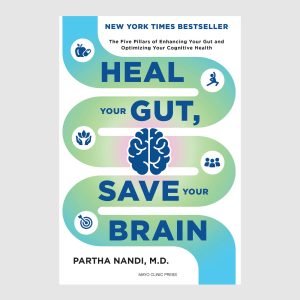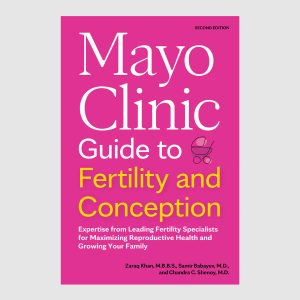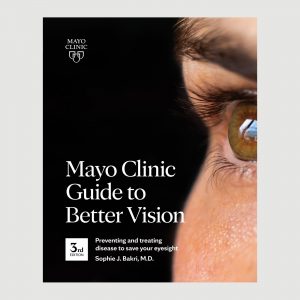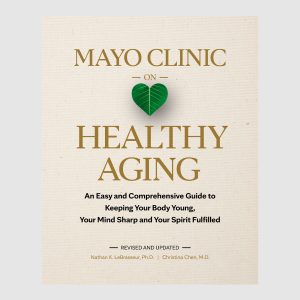
Hundreds of thousands of years ago, ancient humans completed interval training several times daily.
However, for them, it wasn’t a form of exercise.
It was life.
“They might sprint for a few minutes as they chased down a rabbit for dinner. Or they might race away from a wolf,” says Stephen Kopecky, M.D., a Mayo Clinic cardiologist and author of the Mayo Clinic Press book “Live Younger Longer.”
Today, few of us must run for our meals — unless we’re running to catch a bus to a grocery store.
However, short, vigorous bursts of high-energy activity remain important to our overall health and fitness, especially as we age.
What is interval training?
Interval training includes any activity that alternates higher-intensity effort with periods of lower-intensity work. If you’ve ever taken a group exercise class at a gym, you’ve likely done intervals without knowing it.
Consider the typical spin class. You might warm up slowly for five minutes. Then, your instructor might intersperse 30 seconds of faster riding with 30 seconds of slower riding.
Types of interval training
Popular interval styles include:
- Vigorous intermittent lifestyle physical activity (VILPA): Sometimes referred to as “exercise snacks” by researchers, these brief stretches of vigorous activity aren’t considered formal exercise. An example is running up a flight of stairs instead of taking the elevator.
- High-intensity interval training (HIIT): The intense bursts interspersed throughout a HIIT session will make your heart pound, ideally reaching 80% to 90% of your max heart rate.
- Tabata: A type of HIIT workout, Tabata sessions involve 20 seconds at your max effort, followed by 10 seconds of rest or a slower effort.
- Norwegian 4×4 interval training: Another popular HIIT workout, this protocol involves working hard for four minutes, followed by a three-minute recovery, repeated four times.
The health benefits of interval training
Interval training can have a huge health impact and help prevent many age-related health conditions. When you challenge your body with short bursts of vigorous activity, your muscles send out several signals that are key to fitness and longevity.
Possible health benefits of regular interval training include:
- Your heart becomes more efficient and pumps more blood.
- Blood vessels expand and become more flexible, accommodating increased blood flow and helping to lower blood pressure in the long term.
- The endothelium, the tissue that lines your arteries, becomes healthier and functions more effectively.
- Your muscles signal abdominal fat to break down, allowing the body to burn this fat as energy.
Does interval training work for older adults?
All forms of exercise — regardless of intensity — can potentially benefit overall health at any age.
However, high-intensity interval training can provide the same cardiovascular benefits as traditional training in much less time.
For example, in one study, six sessions of repeated 30-second sprint intervals added up to similar health benefits as 90 to 120 minutes of moderate continuous activity per session.
In a study of 71,893 adults, researchers tracked short bursts of vigorous activity — such as the two minutes someone spent racing up a few flights of stairs to get to an appointment — and health outcomes like heart disease and cancer diagnoses. Just 15 minutes a week of vigorous activity lowered all-cause mortality and cancer death by 16% to 18%.
So, if you’re looking for a time-efficient way to get fit, interval training might be for you.
Is interval training safe?
Intervals are commonly associated with competitive athletes, but anybody with a doctor’s clearance can use them.
If you’re new to exercise or have risk factors for heart disease, ask your healthcare team whether a treadmill stress test is a good idea. These tests can help ensure that interval exercise is safe and provide you with a goal heart rate that corresponds with your level of exertion.
What’s the best way to do interval training?
There’s no one best way to do intervals. You can experiment with Tabata, Norwegian 4x4s and other popular methods. Another option is adding short bursts of faster effort to the activities you already do regularly. For example, if you walk your dog every morning, consider picking up the pace several times throughout the walk. Similarly, if you enjoy swimming, you might alternate some lengths at a leisurely pace with some at a more intense pace.
When exercising in intervals, Dr. Kopecky says to think about:
- Intensity. During your faster segments, you want to feel like you are pushing yourself. On a 10-point scale of self-perceived exertion — in which 10 is going as hard as you possibly can, and 5 is moderate intensity — aim for around 7 or 8. If you use a heart rate monitor, shoot for a target of 80% to 90% of your maximum. Note: As you get in better shape with interval training, your heart rate will not increase as much. This is because your heart is getting stronger and more conditioned.
- Duration. Initially, do relatively short intervals, around 15 to 30 seconds. As your fitness improves, you can experiment with lengthening your faster segments and shortening your slower segments.
- Frequency. It’s okay to do intervals as often as 2 to 3 times a week, but don’t do intervals on consecutive days.
Interval training workout for beginners
If you’re just getting started with interval training, says Dr. Kopecky, warm up at a leisurely pace for five minutes. Then, alternate between the following intervals.
- Go harder for 30 seconds.
- Ease up for two minutes.
Repeat this pattern three more times. This means you’ll do four 30-second efforts at a harder intensity, interspersed with two minutes of moderate exercise.
Then, add five minutes of easy activity to cool down as you bring your workout to an end.

Relevant reading
Live Younger Longer
Most of us want to live a long, healthy life, but how do we do that? Drawing upon lessons from his own life, Mayo Clinic cardiologist Stephen Kopecky offers a holistic, evidence-based approach to preventing common diseases and chronic illnesses and living a longer life of pleasure and purpose.

